Patagonia is a quasi-untamed territory in which you can find different natural environments among which we can highlight majestic mountains of the Andes Mountains and its impressive glaciers, forests that are home to hundreds of species of flora, vast steppes shaped by the wind and of course, a connection with nature that can be found in few places in the world.
Due to its distance and air connection, without the need to return to the city of Buenos Aires, two of the most visited and iconic destinations in Patagonia are undoubtedly Ushuaia, the city at the End of the World, and El Calafate, home to Los Glaciares National Park and the world-famous Perito Moreno Glacier. The visit to Ushuaia or El Calafate can start in either of the two destinations.
Ushuaia, Tierra del Fuego, Argentina
Stories of maritime odysseys, monsters that cause shipwrecks and heroic explorers of Cape Horn and Antarctica give Ushuaia an aura of mystery and adventure that few places in the world have.
The southernmost city in the world is located on the shores of the Beagle Channel and at the foot of the Andes Mountains in the province of Tierra del Fuego, Argentina, and its geographical location, just 1000 km from Antarctica, makes it the most important port in the world for cruise ships visiting the seventh continent in the austral summer.
In Ushuaia, 3 areas can be highlighted in which tourist activities are developed, to the west the Tierra del Fuego National Park, to the northeast the area of the valleys, mountain range and lakes, and finally the Beagle Channel in which different types of navigation are carried out.
- Tierra del Fuego National Park (West)
Just 10 km from Ushuaia, this protected area offers different options to visit it. The most conventional and most requested of them would be an excursion organized by a tourism agency which can also include a ride on the End of the World Train and visit Lake Acigami, Zaratiegui Cove and Lapataia Bay, probably the most important place in the park and on the island, since there is the end of National Route No. 3. symbolically “The End of the World” since this route is part of the Pan-American Highway that connects Argentina with Alaska by land.
This protected area can also be visited in a private vehicle or other means such as regular lines, a kind of minibuses that go back and forth every few hours, which allows those passengers who wish to be free from a fixed itinerary, to visit the trails and areas of public use. It is important to clarify that with this option, that of the mini buses, visitors will be left out in the open without shelter, and the weather changes very quickly.
- Lakes Escondido and Fagnano (Northeast)
The large island of Tierra del Fuego has the particularity that unlike the continental sector shared by Argentina and Chile, its Andes Mountain Range is oriented from West to East, and the further east the mountain range goes, the lower its altitude, until it reaches the same sea level! This geographical particularity had as a consequence that at the time of making the boundary treaty between the 2 countries, since there were no mountains in a certain sector, it was decided to use another method to set the limits. In a West-East direction, the maximum depths of the Beagle Channel were used, and with a North-South orientation, the meridian of 68°, which has left a complete portion of the mountain range in the Chilean sector, and another complete portion in the Argentine sector.
That said, in order to get to Lake Fagnano, you must cross the Andes Mountains, and you are always inside Argentina. Ushuaia has the particularity of being the only trans-Andean city in the country, it is located on the other side of the Andes, with respect to the other Argentine cities.
- Beagle Channel Navigation (South)
The Beagle Channel is an interoceanic passage of 180 km that connects the Pacific Ocean with the Atlantic Ocean and from which all its water comes from the Pacific, due to the influence of the tides and other factors.
Navigating the waters of the Beagle Channel is another essential adventure during the visit to Ushuaia, and currently, there are 3 types of boats that sail it, including sailboats, yachts and catamarans.
Smaller boats only make short sailings visiting the following places:
- Casco Island, where Imperial Cormorants usually nest and where there are usually other birds such as Antarctic Pigeons, Whirlpools, Steam Ducks, Skuas, etc.
- Alicia Island, in which there is a colony of South American Sea Lions also known as 2-haired Sea Lions, in addition to some of the birds already mentioned.
- Bridges Island to make a descent in which you visit an anthropological shell, which is a place where there were huts of the natives who inhabited the Beagle Channel.
- The Les Eclaireurs Lighthouse
The catamarans also make the same route as the smaller boats, however, these boats also offer the possibility in summer (only) to sail to Martillo Island, home to the colony of Magellanic Penguins and Gentoo Penguins of the Beagle Channel
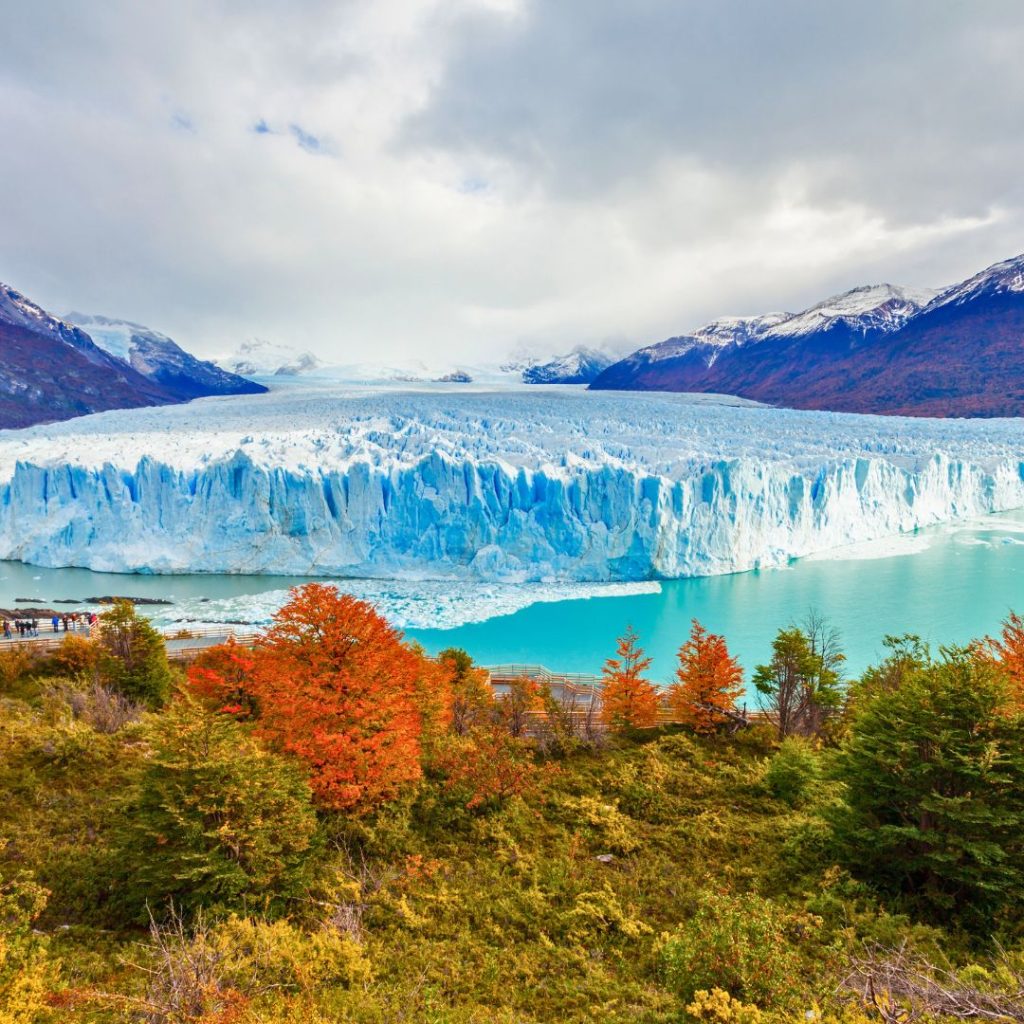
El Calafate, Santa Cruz, Argentina
On the shores of Lake Argentino in a steppe landscape with the mountains of the Andes Mountains in the background, the change of scenery in El Calafate with respect to Ushuaia, shows the diversity of environments that Patagonia has.
The undisputed jewel of this destination is undoubtedly the Perito Moreno Glacier, an Andean or valley glacier, located 80 km from the city, within the Los Glaciares National Park, and which is born in the mountains of the Andes Mountains. The majesty of the Perito Moreno Glacier and the thunderous detachments of ice due to its advance and retreat that can be observed and heard from the walkways in front of it provide a spectacle that leaves in the memory of those who visit it memories that are difficult to erase.
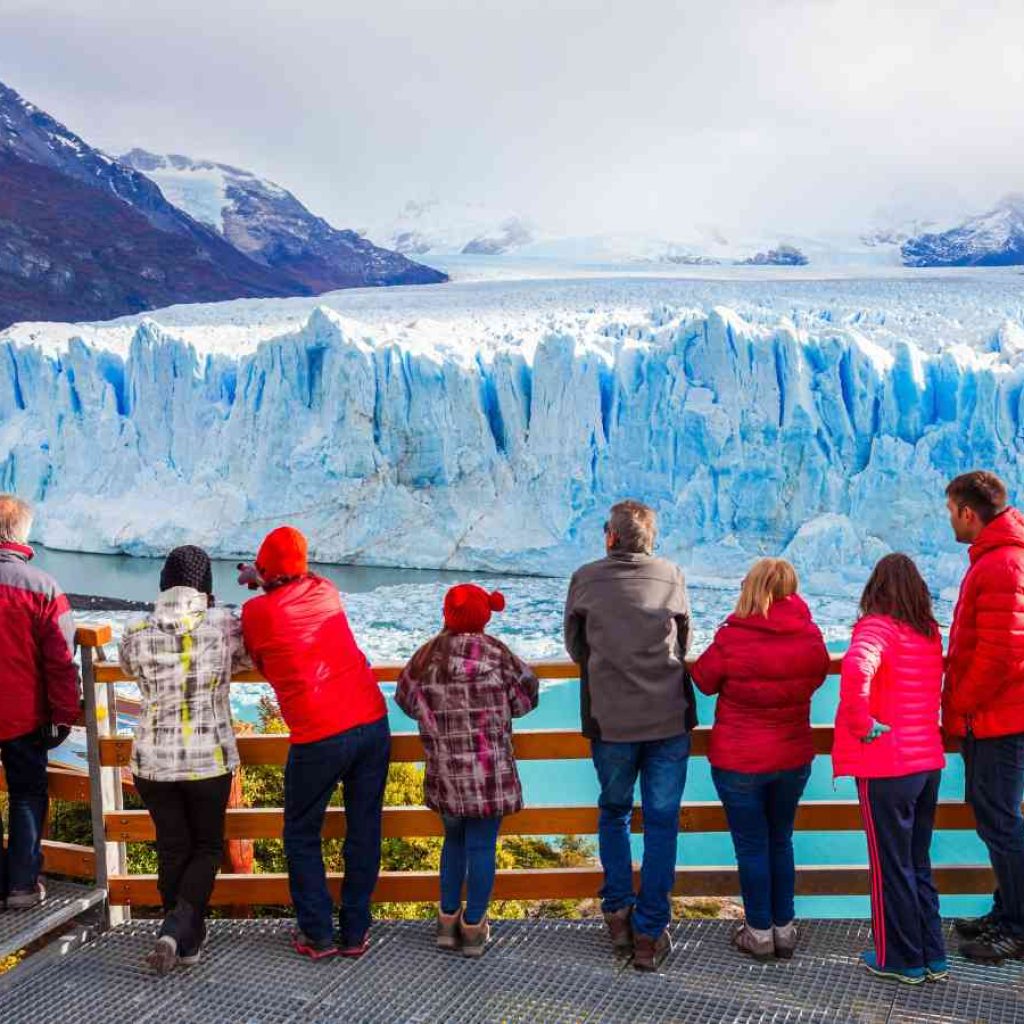
In addition to the Perito Moreno, the surroundings of El Calafate invite you to discover other lesser-known, but equally fascinating treasures. The Patagonian estancias offer an authentic glimpse of rural life in this remote region, with activities such as horseback riding and cultural encounters that connect with the region’s roots. Lake Argentino, the largest in Argentina, is another point of amazement, with its turquoise waters bordered by mountains that seem to hold millenary secrets.
The essence of Patagonia
The transition between Ushuaia and El Calafate is not only a change of coordinates, but an opportunity to reflect on the immensity of Patagonia and its ability to surprise in every corner. The key to fully enjoying this trip lies in planning. Flight schedules should be carefully reviewed, and flexible days are recommended, as weather conditions can be unpredictable. Likewise, the time at each destination must balance scheduled activities with moments to simply stop and contemplate.
The combination of Ushuaia and El Calafate is not just an itinerary, but a journey that encapsulates the essence of Patagonia. From the mystery of the end of the world to the grandeur of glaciers, every step of the way offers a deep connection to nature and an invitation to rediscover the world through its vastness. This journey is not just about traveling kilometers, but about immersing yourself in a space where time seems to stand still and where each landscape tells a story that will be engraved in the hearts of those who explore it.
Penguins Expeditions invites every traveler to explore a world of breathtaking landscapes and local culture. More than tours, our mission is to offer memories. The adventure continues to grow with our commitment to the environment, excellence and human treatment, all under the motto of enjoying and caring for Patagonia.

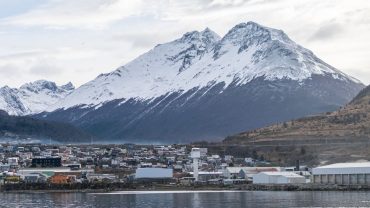
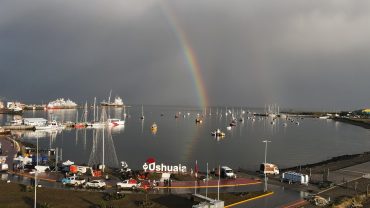
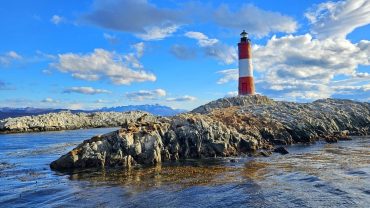
Comment (0)